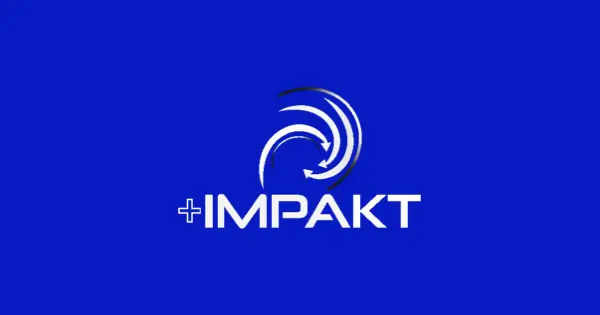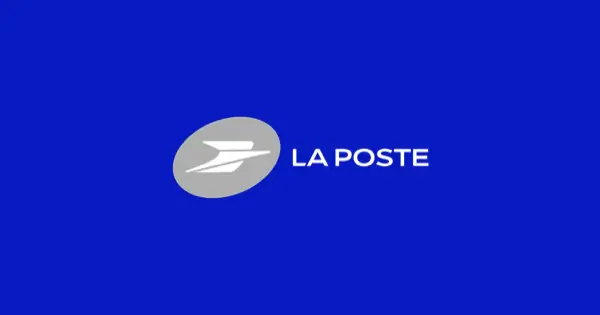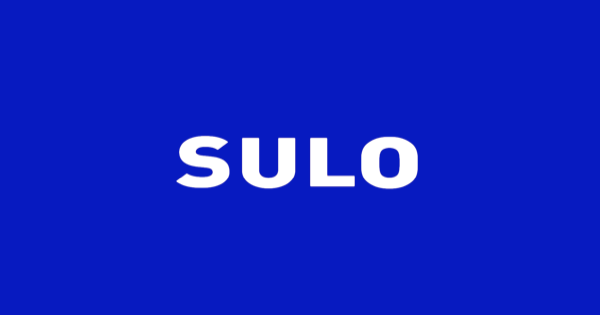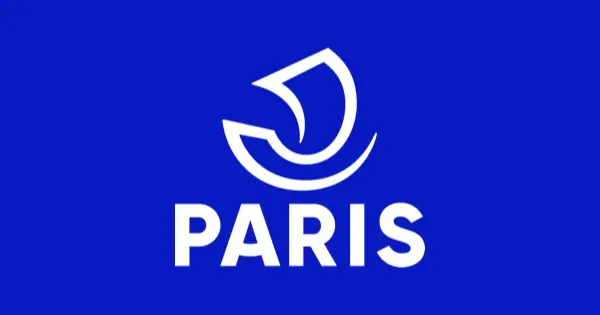Doing better, with less,
in an uncertain world –
that’s our job
Saying : a solution for every problem.
Nope – a problem is a symptom.
We could change the way a bottle is produced. Or we can rethink access to water.
In our work, we redesign the use value : we consider the natural, economic and social context, to deploy solutions.
Understanding the whole and the connections between the stakeholders : the famous systemic approach.
Everything happens in 3 steps :
- identify,
- propose,
- create.
Let’s look at the big picture.
1.
We identify
with you
Life-size portrait
Understanding your situation
Let’s start with a diagnosis : let’s look at your business and its value chain, define your needs together and identify desired uses.
Let’s identify and then bring together all your stakeholders – their input contribute to the big picture.
This step enables us to understand your situation and action levers.
2.
We imagine
with you
Diving into the unknown
Bringing out your ideas
Circular economy is a framework to optimise a system (even a complex one) by considering its natural, economic and social context.
Together with your stakeholders, let’s adopt this approach to set out the principles for transforming your business, and identify areas for improvement.
This collaborative work will enable you to imagine your solutions.
3.
We create
for you
Getting our hands dirty
Implementing your solution
Now for the best bits : bringing your idea to life. Depending on the project, this can take different forms : from a strategic roadmap to a prototype, from an field experiment to editorial content, including tailor-made digital or analogue tools.
Then we look at what we have produced, gather feedback and data to provide you with a actionable analysis.
Bringing it to life – the best time, really.







